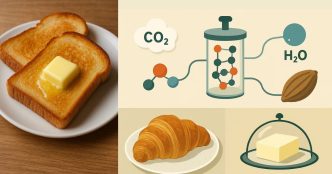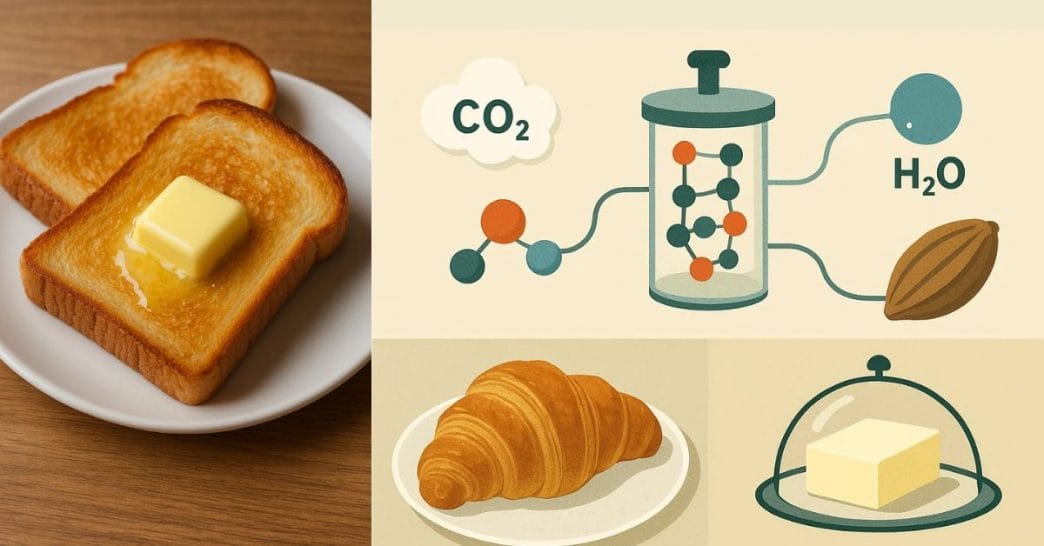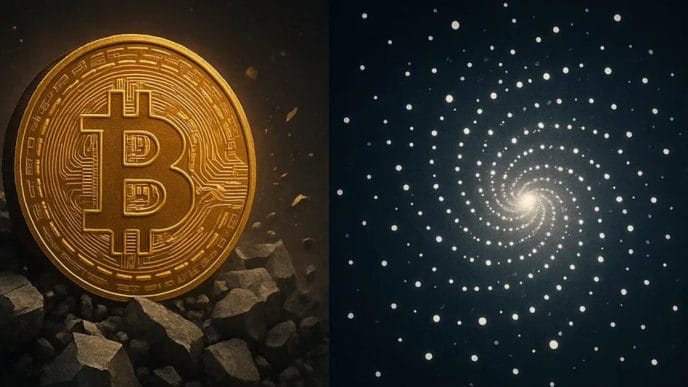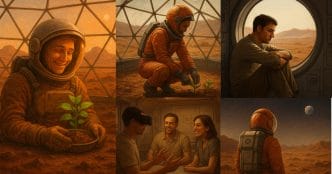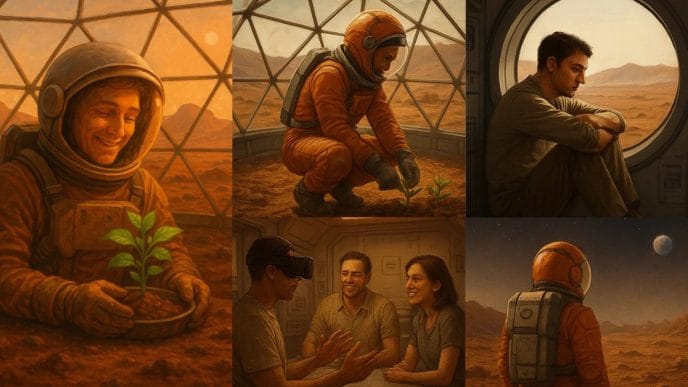Your morning toast has a hidden carbon footprint. Traditional dairy butter emits 5.2–14.7 kg CO₂e for every kilo produced. Palm oil, while cheaper, is a major driver of global deforestation and contributes significantly to CO₂ emissions.
As global appetites grow, the question looms: Can we keep the taste and texture we love without burning the planet?
What Exactly Is Carbon Butter?
Carbon butter flips the food system on its head. Instead of pastures or palm plantations, companies like Savor start with the atmosphere itself—capturing CO₂ from the air and hydrogen from water. Inside patent-protected reactors, these elements are stitched together into triglycerides—the same fat molecules that give butter its creamy mouthfeel.
“To make food that looks, tastes, and feels exactly like dairy butter, but with no agriculture whatsoever—that’s new,” says Jordan Beiden-Charles, Food Scientist at Savor.
The ingredient list is disarmingly simple: structured fat, water, lecithin, sea salt, natural color, and flavor.
From Molecules to Mouthfeel: The Science in a Spread
The process reads like a chemistry masterclass:
- CO₂ capture from ambient air.
- Electrolysis to pull hydrogen from water.
- Controlled reactor conditions turn these atoms into hydrocarbons.
- Oxidation transforms them into fatty acids.
- Triglyceride assembly matches the profile of dairy butter—or any other fat desired.
Unlike plant-based or cultured butter, there’s no farmland, no biomass—and Savor can tweak the molecular “recipe” to recreate cocoa butter, lard, or even custom fats for specific pastries.
Environmental & Economic Impact
The numbers are staggering:
Savor claims the carbon footprint of its butter is less than 0.8 g CO₂ per kg, compared with roughly 16.9 kg for conventional dairy butter; independent verification is pending.
Because the process bypasses conventional agriculture, the land footprint is expected to be far lower than that of dairy butter, according to Savor.
Water use is greatly reduced because the process eliminates the need for livestock and crop irrigation, based on company estimates.
Right now, it costs more than your supermarket spread. But with Savor’s new 25,000 sq ft pilot plant, cost parity is on the horizon.
From Patents to Plates
Carbon butter isn’t a lab curiosity—Savor reports that it has been provided to select high-end kitchens, including SingleThread and ONE65, for early use and testing. Chefs report it behaves like premium butter in lamination, spreadability, and flavor.
Funding comes from Bill Gates and climate venture funds, betting big on its potential to upend the $50 billion global fats market.
Hurdles on the Horizon
Scaling production for mainstream shelves is the toughest challenge. Price remains high, and while chefs rave about its flavor, home cooks may hesitate until it competes in price with dairy or margarine.
Beyond Butter: The Fat Revolution
Savor isn’t stopping at butter. The same carbon-to-fat platform could yield:
- Cocoa butter without deforestation.
- Tallow & lard without livestock.
- Custom fats for plant-based meats or high-end chocolates.
By cutting agriculture out of the fat supply chain, the tech could shield food systems from climate shocks and volatile commodity prices.
With a very low emissions profile and the ability to replicate different fats, carbon butter could help reduce food-sector emissions—and maintain the functionality needed for pastries.
“Truly sustainable solutions can’t just reduce our footprint—they have to be affordable, approachable, and craveable,” says Kathleen Alexander, Savor CEO.
In other words: the future of fats may already be spread on your breakfast table—it just didn’t come from a cow or a palm.
